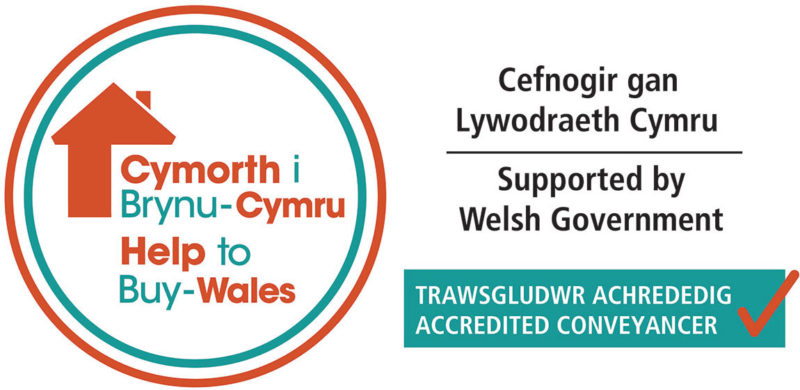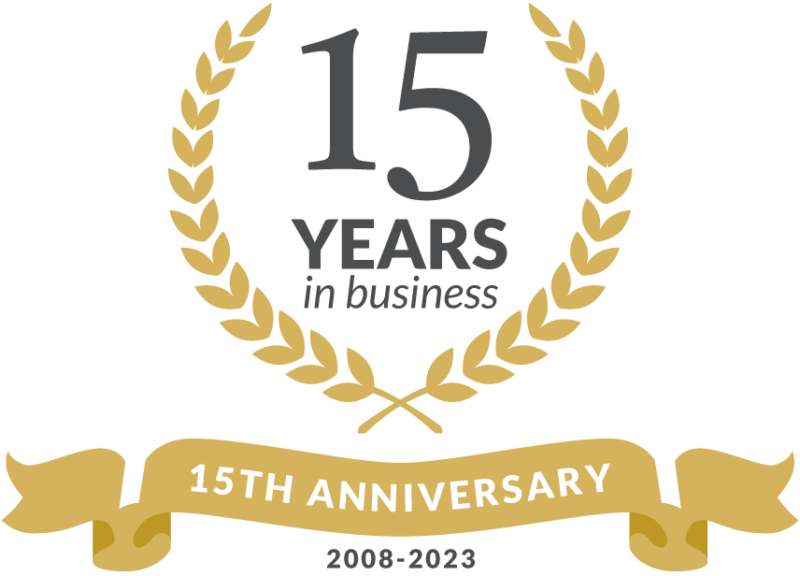When purchasing a property in the UK, it’s important to consider whether it is leasehold or freehold. This distinction significantly impacts your rights, responsibilities, and long-term costs as a property owner.
In this blog, we break down the key differences between leasehold and freehold ownership, explore the pros and cons of each, and discuss how these ownership types can affect different property situations and purchasing decisions.
What is Freehold?
A freehold property means that you own the building and the land it stands on outright, indefinitely. As the freeholder, you are responsible for the maintenance of both the property and the land, with no obligations to a landlord or third party. Most houses in the UK are freehold, making it the preferred type of ownership for many buyers.
Advantages of Freehold Ownership:
- Full ownership: You have complete control over the property and land with no time restrictions
- No ground rent or service charges: Unlike leasehold properties, freehold homes do not require additional payments to a landlord or management company.
- Easier to see: Freehold properties often hold their value better and are generally more attractive to buyers.
- More freedom: You can renovate and extend the property (subject to planning permissions) without needing consent from a landlord.
Disadvantages of Freehold Ownership:
- Responsibility for maintenance: All repairs and maintenance costs fall on the homeowner.
- Higher upfront cost: Freehold properties tend to be more expensive than leasehold due to the full ownership benefits.
What is Leasehold?
Leasehold means that you own the property for a set period, but not the land it sits on. Instead, a freeholder (also known as the landlord) retains ownership of the land. Leaseholders typically own flats rather than houses, and they must comply with the terms of their lease agreement.
Advantages of Leasehold Ownership:
- Lower initial cost: Leasehold properties tend to be cheaper than freehold homes.
- Shared maintenance: Maintenance and repair responsibilities for communal areas are typically managed by the freeholder or a management company.
- Some legal protections: Leaseholders have rights under the Leasehold Reform Act to challenge unfair charges and extend their leases.
Disadvantages of Leasehold Ownership:
- Limited ownership period: The property reverts to the freeholder once the lease expires unless extended.
- Ground rent and service charges: Leaseholders must pay fees to the freeholder, which can increase over time.
- Lease extensions can be costly: Extending a lease can be expensive, particularly if it falls below 80 years.
- Restrictions on alterations: Leaseholders may need the freeholder’s permission to make significant changes to their property.
Key Considerations When Buying a Leasehold Property
- Lease length: Properties with leases under 80 years can be more difficult to sell and mortgage.
- Service charges and ground rent: Always review the lease agreement carefully to understand your financial obligations.
- Leasehold reform: The UK government has proposed changes to leasehold laws, including banning ground rent for new leases and making lease extensions easier. It is essential to stay informed about potential reforms that could impact leasehold properties.
Converting Leasehold to Freehold
In some cases, leaseholders may be able to purchase the freehold through a process called enfranchisement. This is particularly relevant for leasehold house owners and flat owners who qualify under the Leasehold Reform Act. At Thomas & Thomas Solicitors, we can guide you through the process of purchasing your freehold, helping you gain full ownership and more control over your property.
Flying Freeholds
A flying freehold is a freehold property built over land which does not form part of the property, such as where a freehold property overhangs another, or projects out from underneath another. This could include:
- Rooms built across pathways
- Basement vaults
- Archways through rear courtyards
New Properties
Houses are usually sold freehold, but some new houses have been sold as leasehold. This is especially true if the property is part of a large development where the developer doesn’t own the freehold of the land; meaning they are essentially selling you the right to live on the land for a set period of time, rather than full ownership of the property itself. This often applies to properties that are part of discounted schemes like shared ownership, rent to buy and discounted housing.
Understanding the differences between leasehold and freehold properties is essential for making an informed decision when buying a home. While freehold offers full ownership and freedom, leasehold properties can come with additional costs and restrictions. Whether you are purchasing a new property, extending a lease, or considering buying your freehold, seeking expert legal advice is always recommended.
At Thomas & Thomas Solicitors, our experienced property law team is here to help you navigate the complexities of leasehold and freehold ownership. Get in touch today for tailored legal support and ensure your property investment is secure for the future.
By Beverly Cooke, Residential Conveyancer





